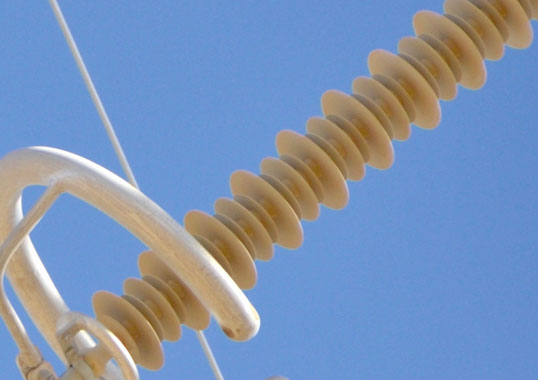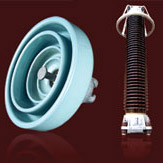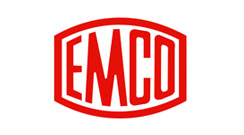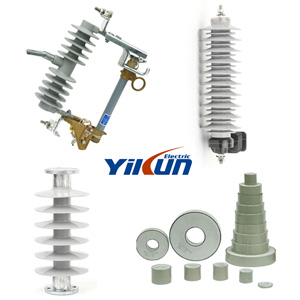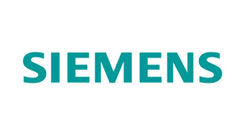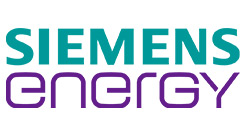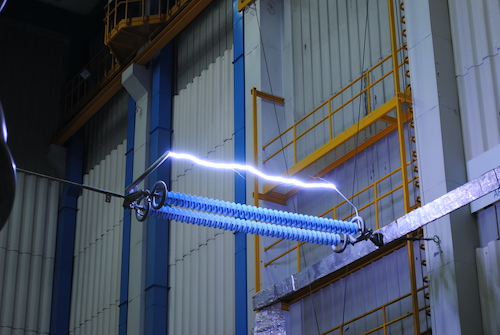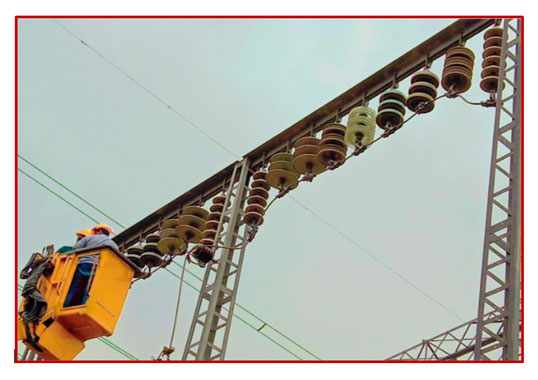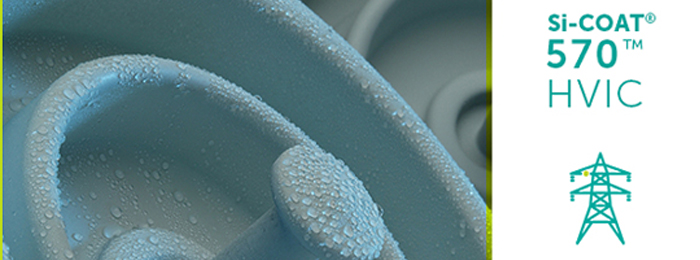Finding ideal profiles for ceramic insulators has proven challenging, as demonstrated by the numerous different designs developed over the past 100 years. All aimed to achieve some optimal combination of pollution flashover performance and self-cleaning properties. As a result of this evolution, there is now a broad range of different profiles of disc insulators in service on transmission networks worldwide. Whatever preferences have emerged for one design over others have been due to factors such as local climate, topography and tradition.
By contrast, the main factors affecting shed profile in the case of composite insulators have traditionally been related to production. Depending on manufacturing technology, most sheds are smooth and not overly complex so that they can easily be removed from the mold cavity. Variations that do exist tend to be in shed size, spacing and angle of inclination. Yet there has still not been sufficient research on how shed profile impacts pollution performance of these types of insulators. Some experts believe specific creepage distance plays the decisive role while others disagree.
This edited past contribution to INMR by retired Professor, Guan Zhicheng at Tsinghua University, Shenzhen Campus, presented findings comparing pollution flashover performance of different composite insulator shed designs.
Past co-operation between Tsinghua University and the China Southern Power Grid aimed to evaluate shed profiles for composite insulators in terms of relative pollution flashover performance. Supported by local manufacturers, this research assessed 36 different shed profiles. All were classified into 4 main categories, depending on number of different shed diameters within each repeating unit:
A. one large, one small;
B. one large, two small;
C. one large, one medium, two small;
D. one large, one medium, four small.
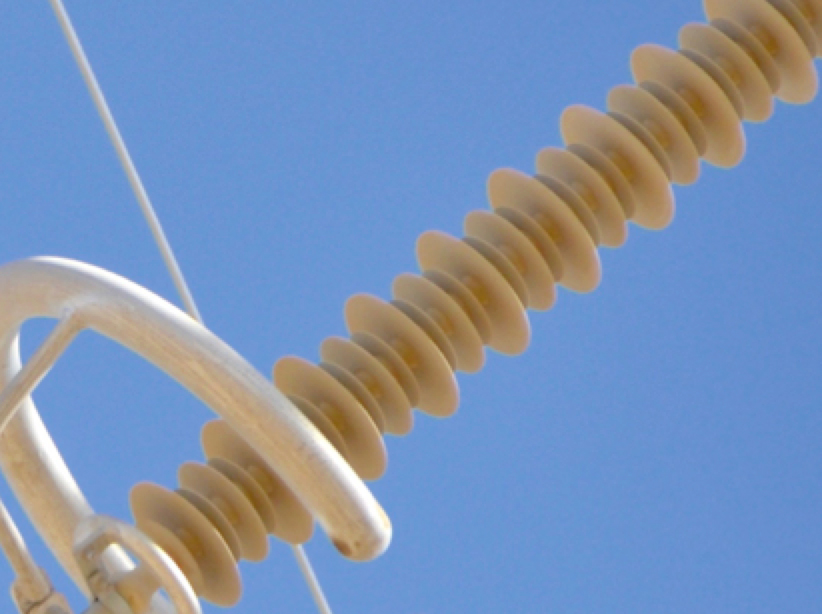
Fig. 1 below, for example, depicts a design with alternating single large and single small sheds.
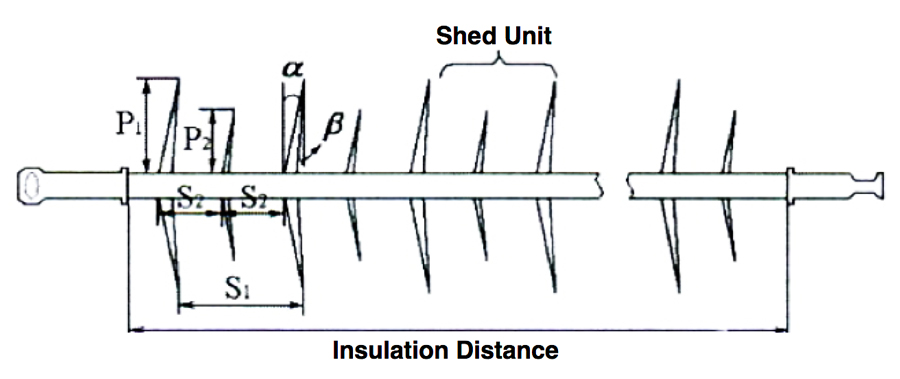
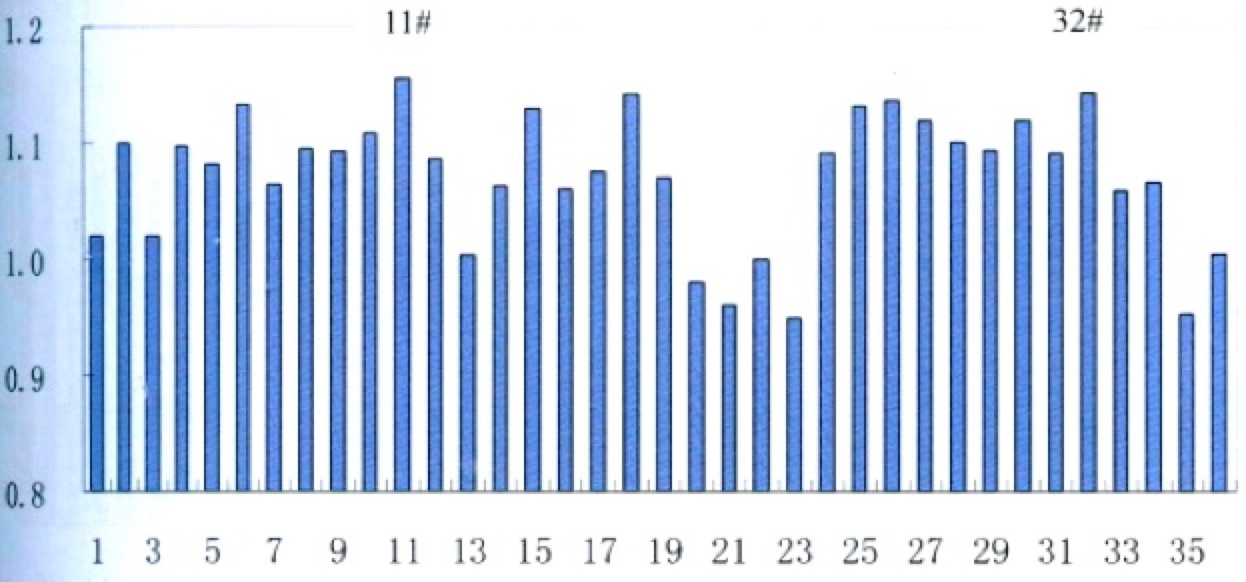
Fig. 2 shows the DC pollution flashover voltage obtained for these 36 different shed design categories using the solid layer pollution method and with test voltage applied by the constant ‘up and down’ approach. Values shown on the vertical axis represent a proportionate comparison of flashover voltage of each different design versus that of the best-performing geometry, i.e. alternating one large and one small shed (#22). These findings confirm that shed geometry can have profound impact on pollution flashover performance of composite insulators, e.g. by up to 22% for units with the same insulation distance.
As part of the same research, a total of 19 specimens of alternating shed design with different shed spacing and radii were compared in terms of relative pollution flashover performance. As seen in Fig. 3, all 5 designs with different radii have superior flashover performance when shed spacing is 100 mm. Moreover, it is not necessarily true that the bigger the diameter, the higher the flashover voltage. Rather, there is an optimal value and flashover voltage was found to be highest with large/small shed radii of 90 mm and 66 mm.
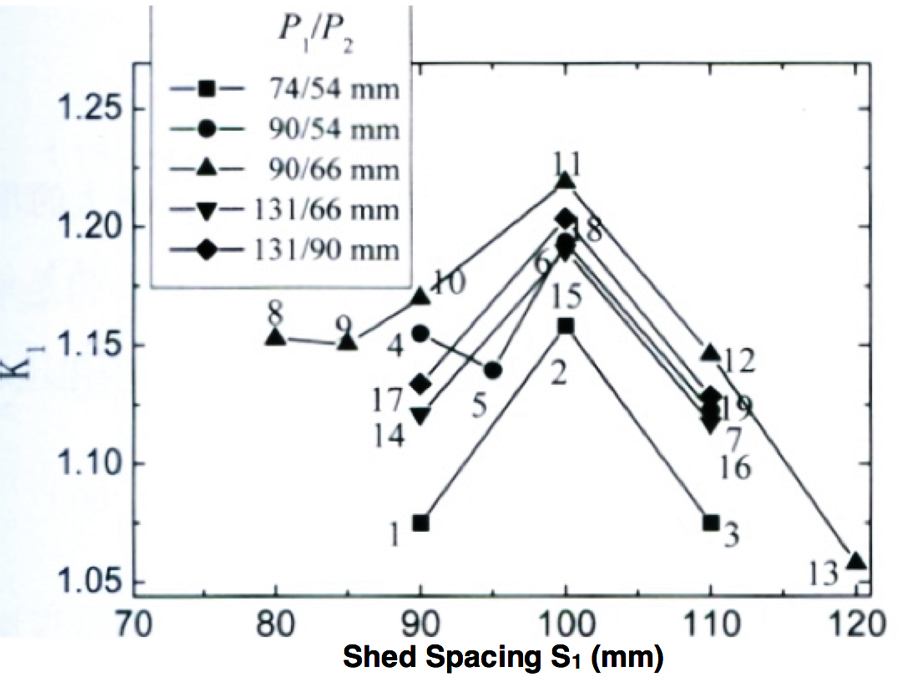
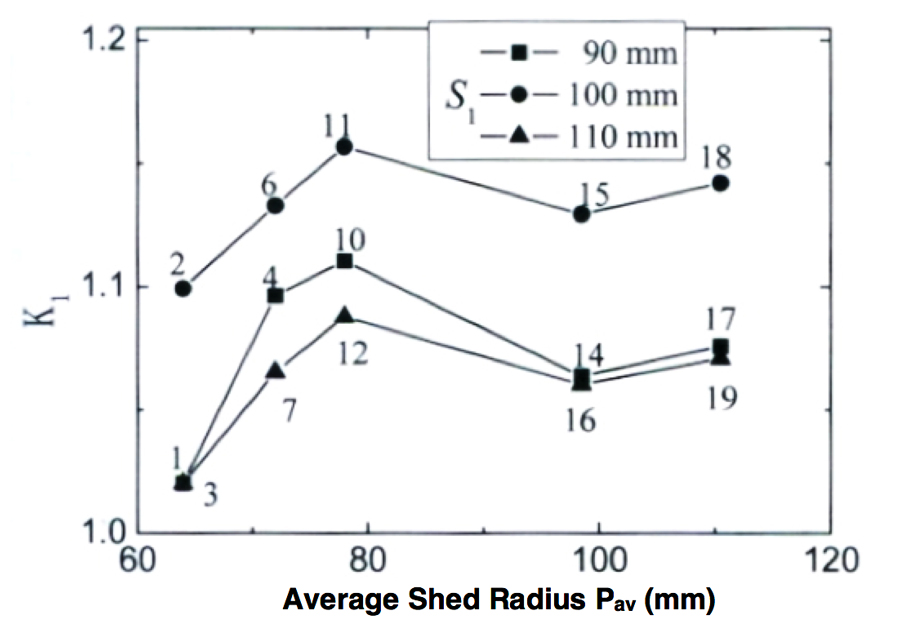
Finally, Fig. 4 shows the impact of average radius of large and small shed diameters on pollution flashover behavior given 3 different types of spacing of the large sheds. As can be seen, flashover voltage was highest at a spacing of 80 mm.
Other factors, apart from only pollution flashover performance, also have to taken into account when deciding on ideal shed profile for composite insulators in any new line project. These include protection against flashover due to bird streamers and against ice bridging.

